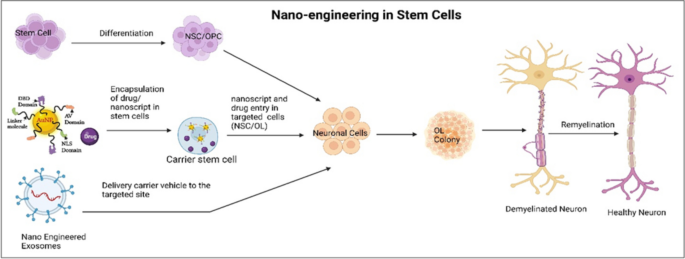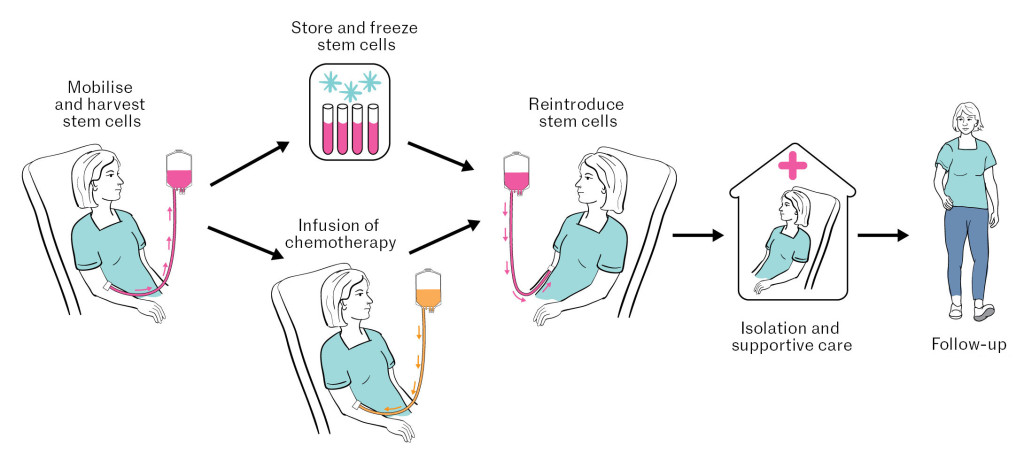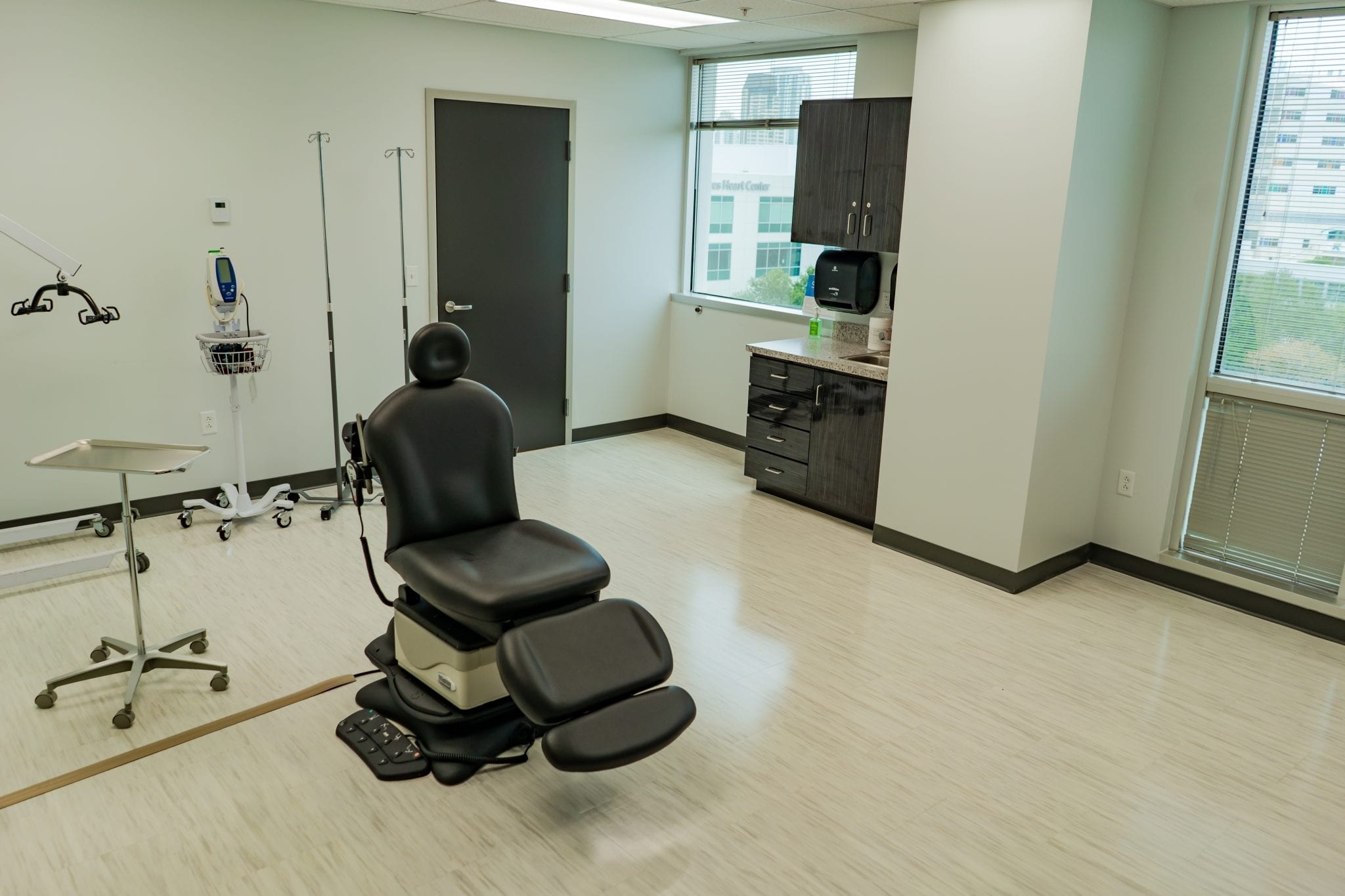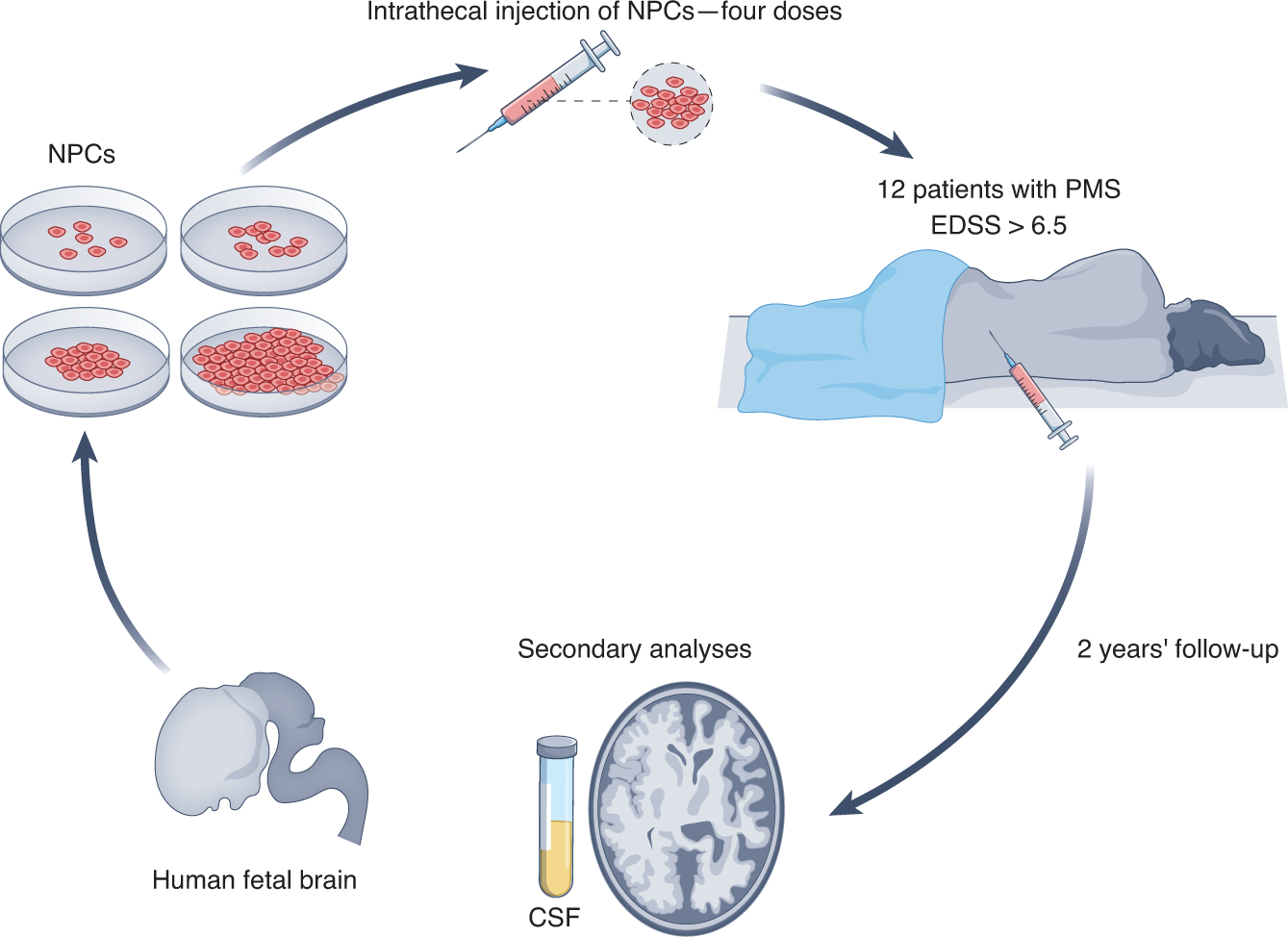The Facts About Regenerative Medicine For Multiple Sclerosis Revealed
Wiki Article
Regenerative Medicine For Multiple Sclerosis - Questions
Table of ContentsThe Definitive Guide to Regenerative Medicine For Multiple SclerosisAbout Regenerative Medicine For Multiple SclerosisNot known Facts About Regenerative Medicine For Multiple SclerosisGetting The Regenerative Medicine For Multiple Sclerosis To WorkSome Ideas on Regenerative Medicine For Multiple Sclerosis You Need To KnowMore About Regenerative Medicine For Multiple SclerosisAn Unbiased View of Regenerative Medicine For Multiple Sclerosis
The mesenchymal stem cells transplanted during stem cell therapy can separate and grow to create new cells that can take the area of the damaged cells of the anxious tissue. This could bring back neurological features in clients with this problem. These benefits of stem cell therapy are further sustained by the capacity of MSCs to advertise recovery.Patients with numerous sclerosis are usually treated with mesenchymal stem cells. These are multipotent stem cells that have the capacity to set apart and mature to create a large range of cell types in the body. Once transplanted, these stem cells can create to form healthy nerve cells thus supporting the regeneration of the damaged tissues of the worried system.
Once hair transplanted, the stem cells migrate to locations of inflammation or damages within the central anxious system (CNS). They are normally attracted to the sites of injury where the immune system is assaulting the myelin sheath, the protective treatment of nerve fibers. The stem cells function by promoting the repair and regrowth of damaged myelin, possibly restoring function to affected nerve cells.
Unknown Facts About Regenerative Medicine For Multiple Sclerosis
Stem Cell Research on MS The National Several Sclerosis Culture, along with various other companies, is proactively moneying and supporting study into mesenchymal stem cell treatment for several sclerosis to discover their potential and enhance therapy procedures. The objective is to establish more secure and much more efficient methods to utilize stem cells in dealing with MS.
Some Known Facts About Regenerative Medicine For Multiple Sclerosis.
Here are reviews from testimonials of people Swiss Medica clinic. The person took a trip from Romania looking for therapy for MS after hearing positive responses regarding stem cell therapy for the condition.Get a cost-free online assessment to learn exactly how stem cells will work for your instance, and what are the duration and price of the treatment. Clinical Consultant, Swiss Medica medical professional Lemus, H. N., Warrington, A. E., & Rodriguez, M. (2018 ). Several Sclerosis: Devices of Condition and Strategies for Myelin and Axonal Fixing.
Everything about Regenerative Medicine For Multiple Sclerosis

Stem cells are cells in the body that can grow right into specialized cells that offer a specific function. They are likewise able to produce specific duplicates of themselves. There are 2 main kinds of stem cells: embryonic stem cells and adult stem cells. are located in the developing embryo and can grow right into a lot of types of cells in the body.
are discovered in some grown-up cells and organs consisting of the bone marrow, skin, blood, and brain. Grown-up stem cells are not as versatile as beginning stem cells and are for that reason more limited in terms of the types of cells they develop right into. The special properties of stem cells offer guarantee for brand-new therapies that can slow/halt MS disease task and fixing cells damage in the main nerve system.
Get This Report about Regenerative Medicine For Multiple Sclerosis

The treatment includes gathering stem cells from a person's own (autologous) bone marrow. The person is after that treated with chemotherapy to deplete the body immune system and stem cells are reintroduced right into the body where they mature right into brand-new, healthy immune cells - Regenerative her latest blog Medicine for Multiple Sclerosis. Stem cells can be injected right into the body in various methods

In 2000, the MS Society of Canada and MS Scientific Study Foundation funded a clinical test entailing HSC transplants, led by Drs. Mark Freedman and Harry Atkins from the Ottawa Hospital Research Institute/University of Ottawa. The aHSC treatment offered in Canada is a therapy that utilizes high-dose chemotherapy, also called conditioning.

The 3-Minute Rule for Regenerative Medicine For Multiple Sclerosis
Neural stem cells (NSC) are discovered in the brain and can grow into different kinds of brain cells including neurons, oligodendrocytes, and astrocytes. NSCs may serve to fix or shield the brain and regulate the immune system. Early medical trials in non-human primates demonstrated that treatment with NSCs profited the development of MS-like illness in pet models.The arise from these safety research studies are favorable for future stem cell and regenerative medication treatments in MS. Future scientific tests (stage 2 and 3) with larger numbers of participants and controls are essential to assess the click for source efficacy of this treatment for MS. try this As demonstrated by the examples over, there is a substantial range of research study occurring that will provide added responses about using stem cells to deal with MS.
Stem cell treatment is considered secure, yet, like any medical treatment, it carries some dangers, such as short-term swelling or discomfort at the injection website. Significant side impacts are rare when carried out by certified specialists.
Regenerative Medicine For Multiple Sclerosis Things To Know Before You Buy
Multiple sclerosis (MS) is a persistent disease of the central nerve system that affects the mind and spine. It is defined by the deterioration of myelin, a substance that covers nerve fibers, resulting in disruptions in interaction in between the mind et cetera of the body. Signs and symptoms can vary widely and consist of muscle mass weakness, vision problems, inequality, and tiredness.Several sclerosis is identified by the immune system incorrectly striking the protective sheath (myelin) that covers nerve fibers, causing interaction concerns between the brain et cetera of the body. The illness can bring about the damage or long-term damages of nerves. Signs vary extensively amongst individuals and can consist of tiredness, mobility concerns, pain, and cognitive modifications.
Report this wiki page